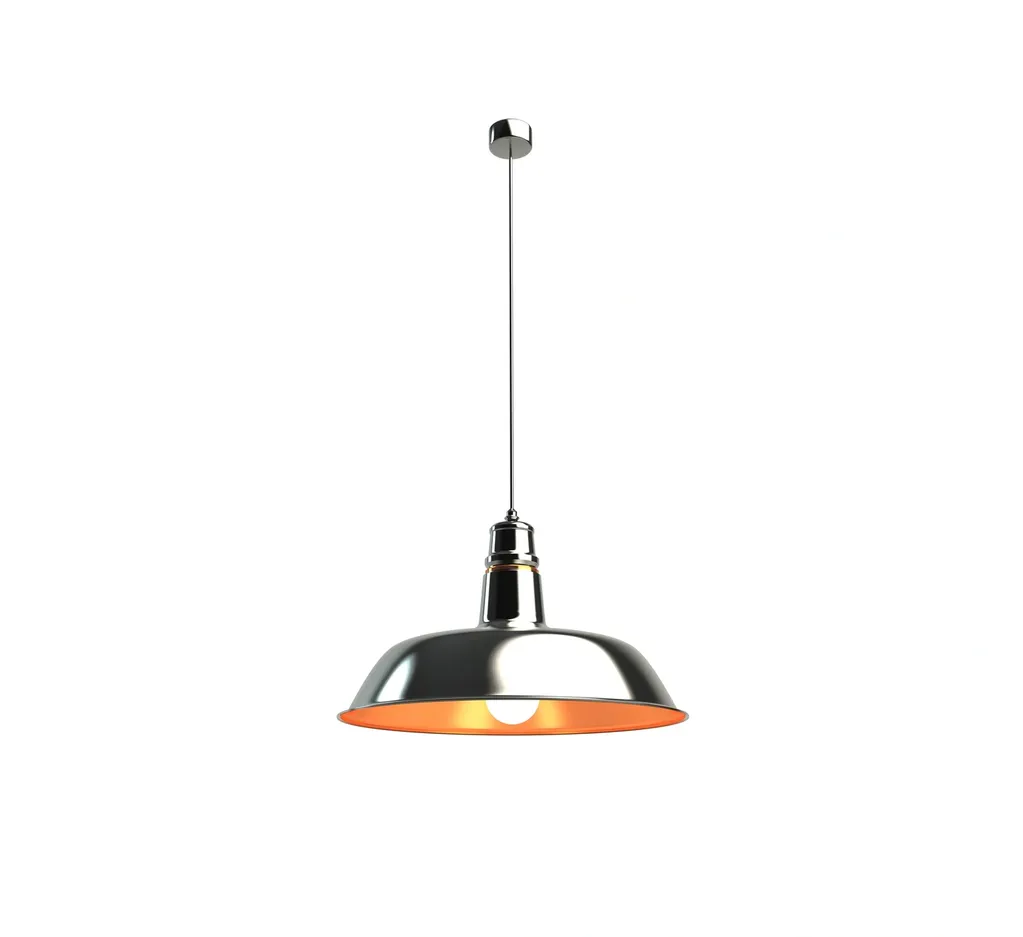
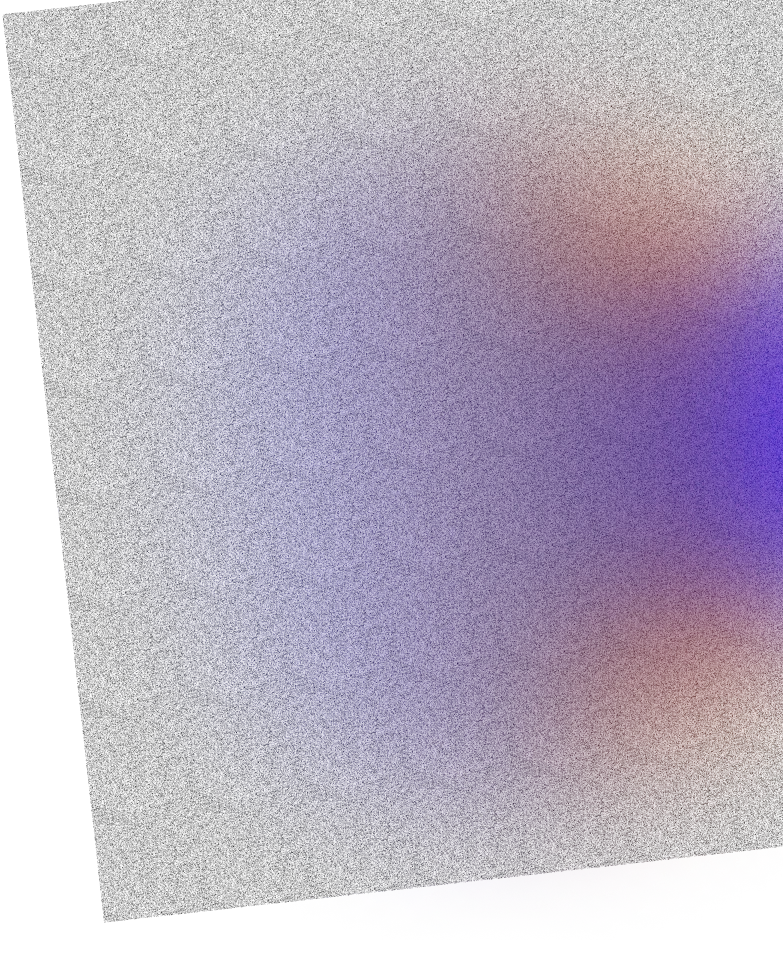


Service


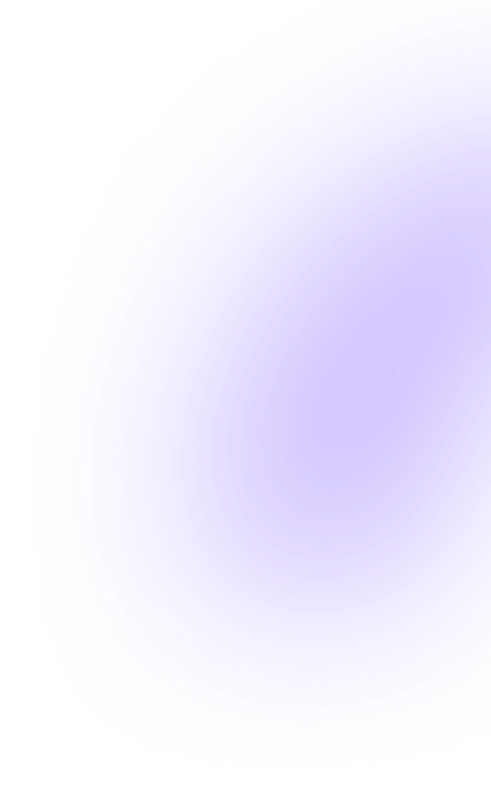
Photo-Realistic
One of the advantages to photo-realistic renderings is allowing your audience to make an emotional connection with the content in the image. Maximizing the quality of the images is key to optimizing the experience and emotional response.

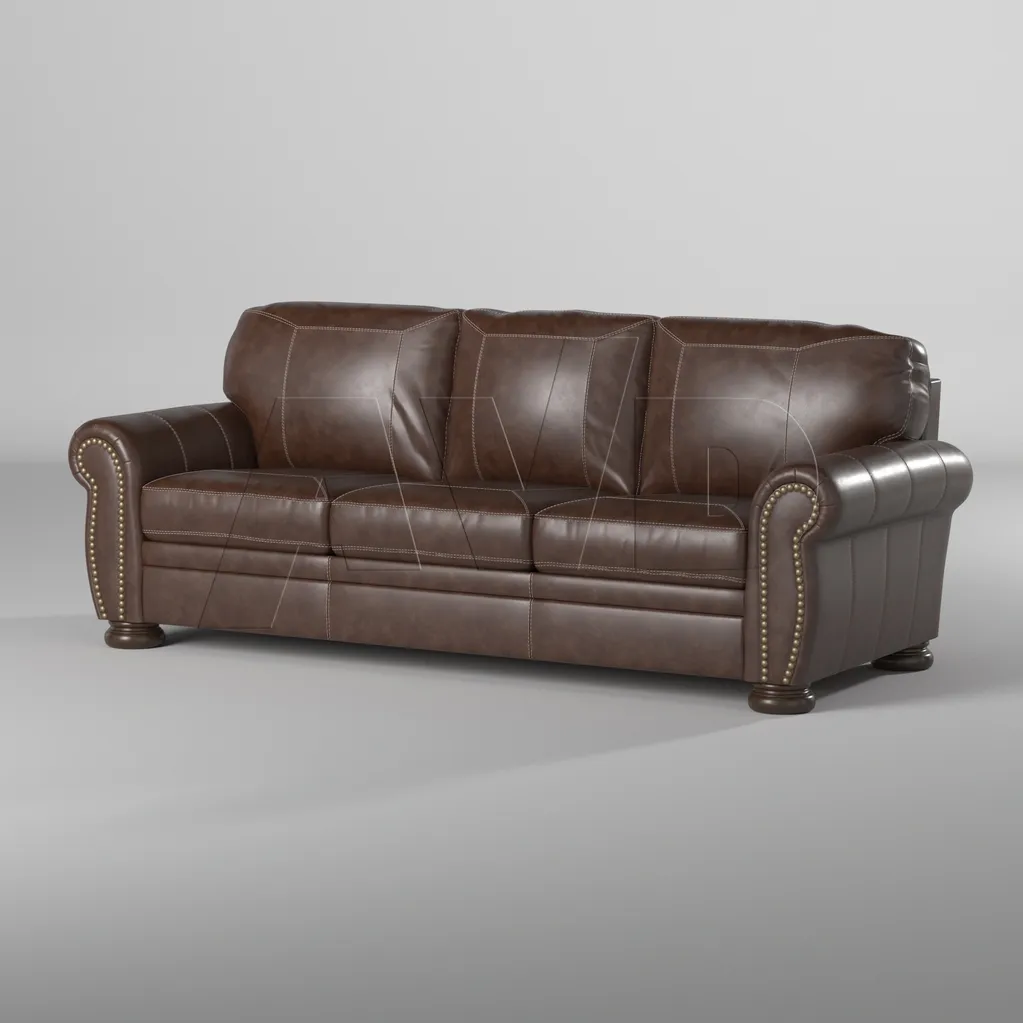
In photorealistic renderings the final result is very difficult to distinguish from reality or an actual photograph.
These types of images are particularly useful in architecture, real estate, construction and interior design to share concepts before they are created. Photo realistic images are also perfect for furniture catalogues showing items in real environments along with product design and prototypes in many other areas.
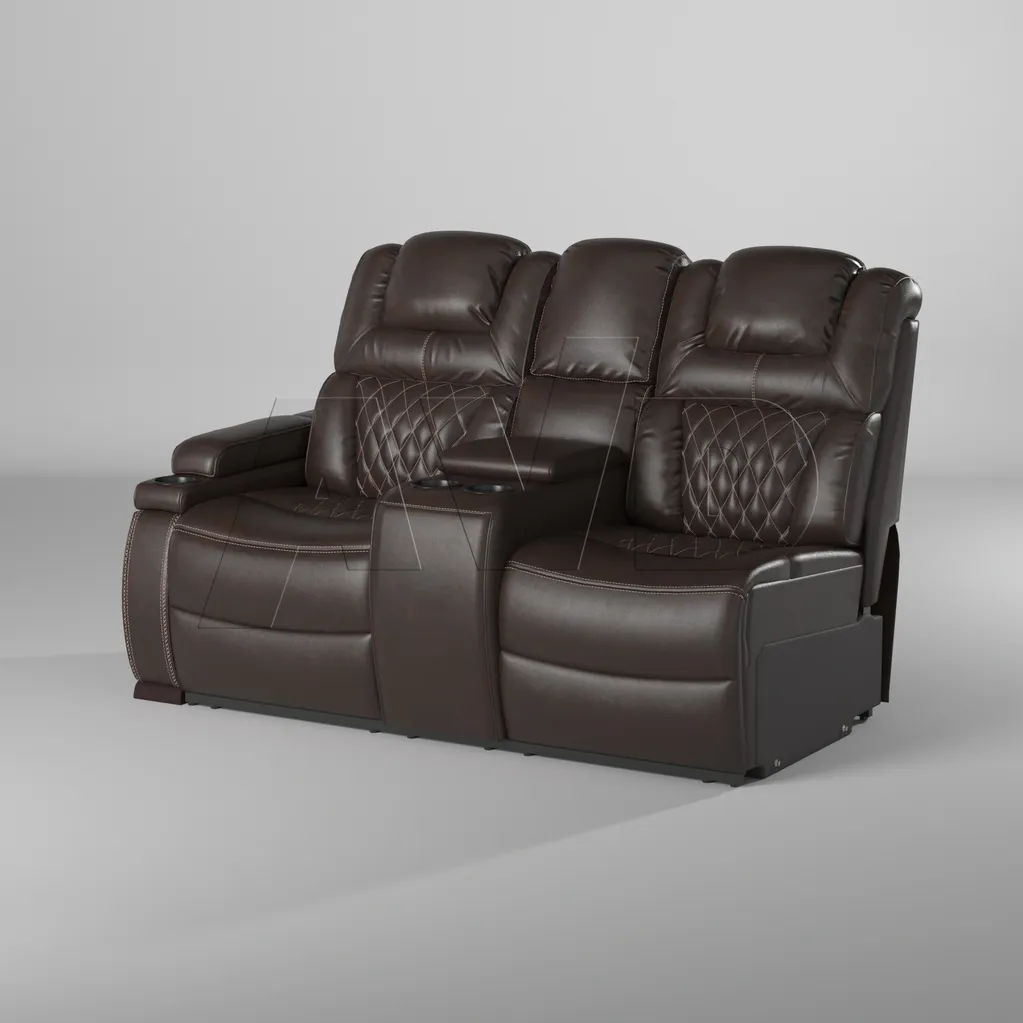
High Poly
When using high poly, it’s often to model all the details of an item or object. This type of model offers the highest quality images and achieves superb finishes.

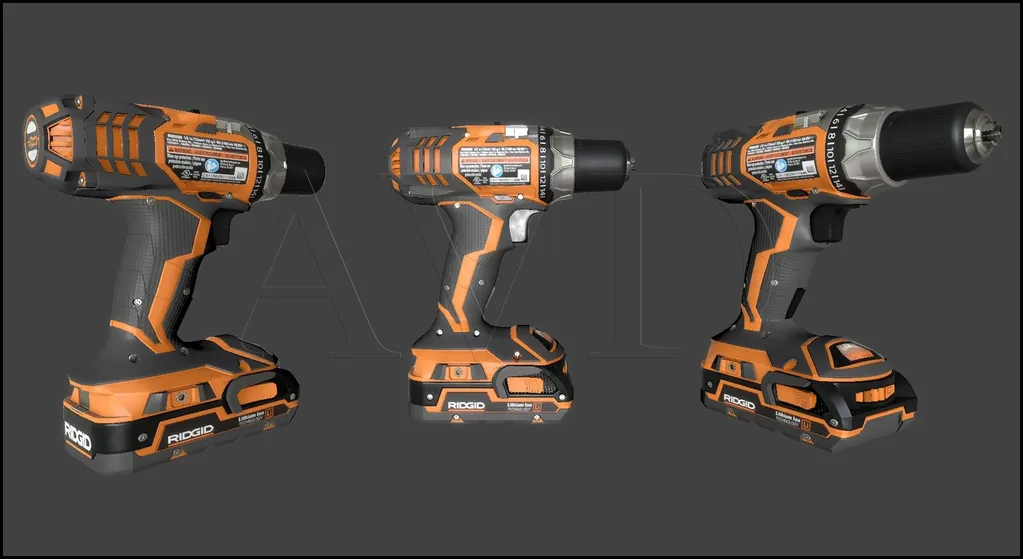
Quality Images
Superb Finishes
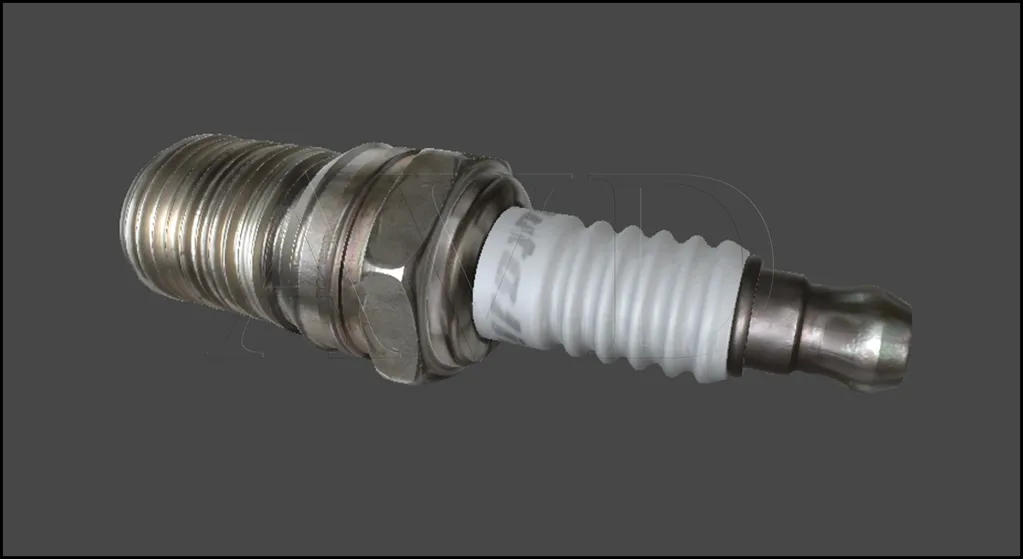
Low Poly
When you're looking for a smaller file size that can load quickly and run on a lower end hardware, low poly is going to be your go-to.
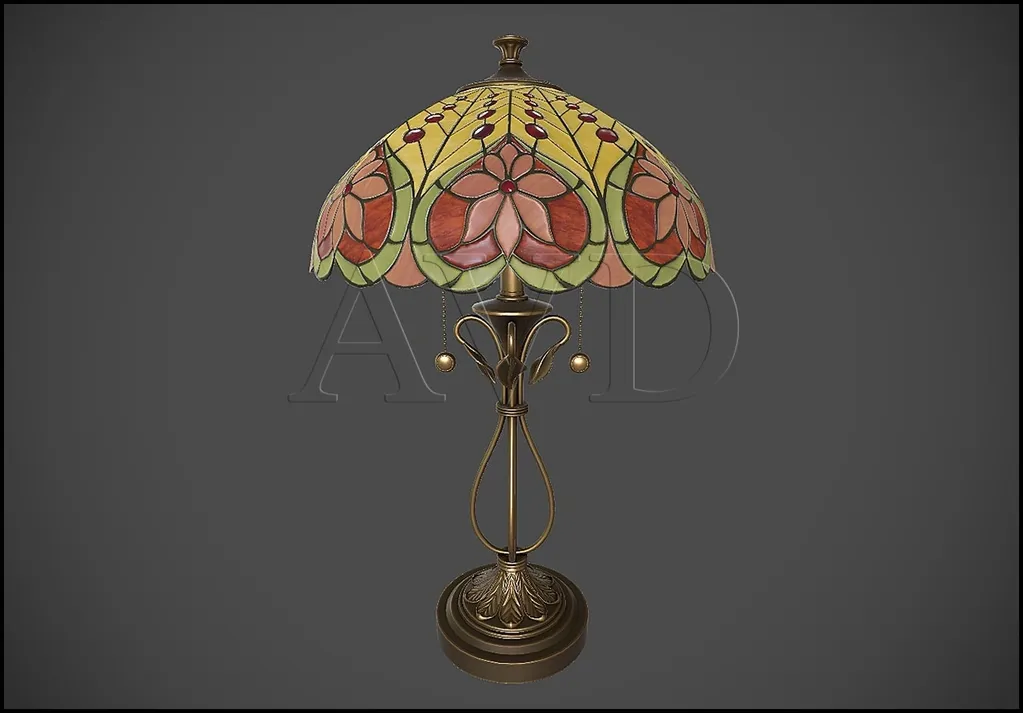
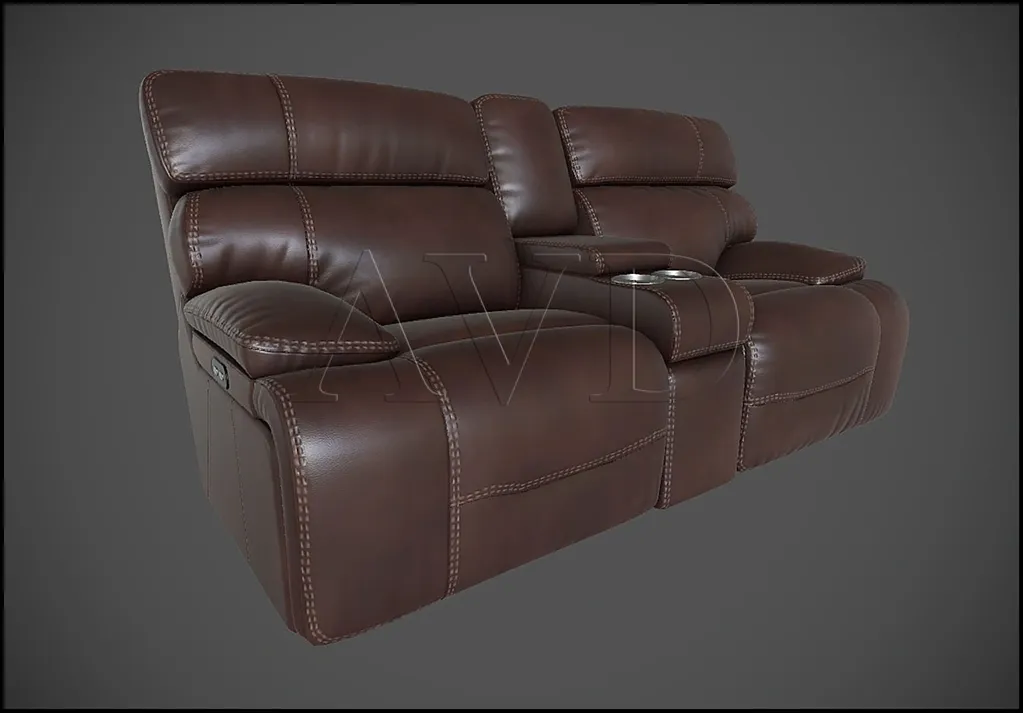
This a more budget friendly option when you need a quick image that does not require many sculpted details or detailed textures.
Budget friendly and quick
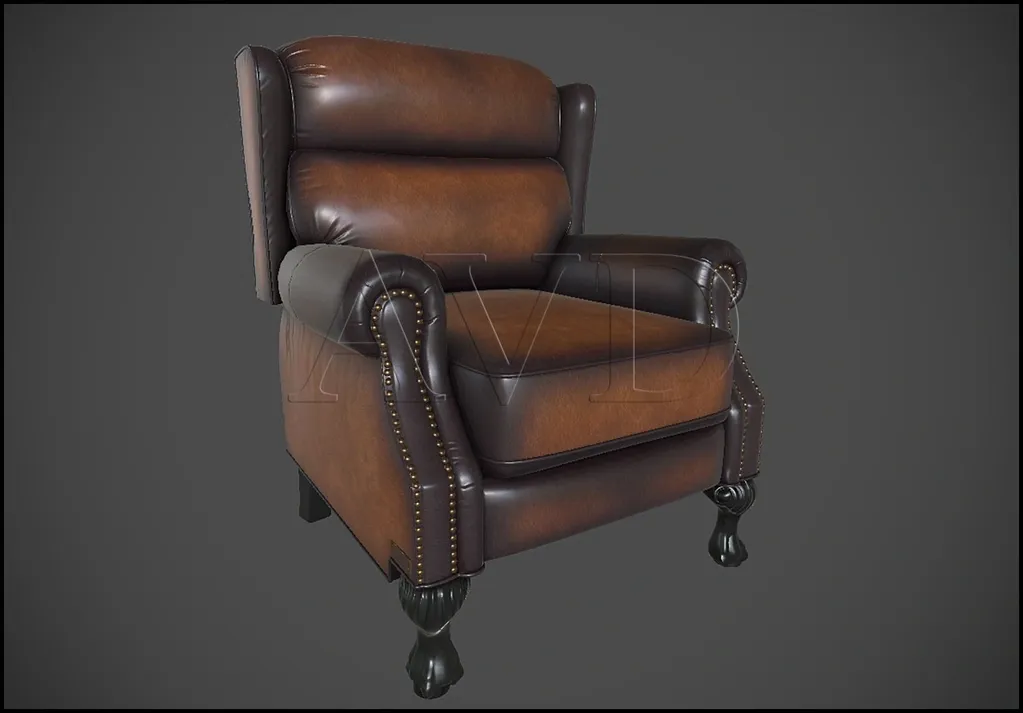
PBR Assets
For consistent and predictable results PBR Assets are a good choice.
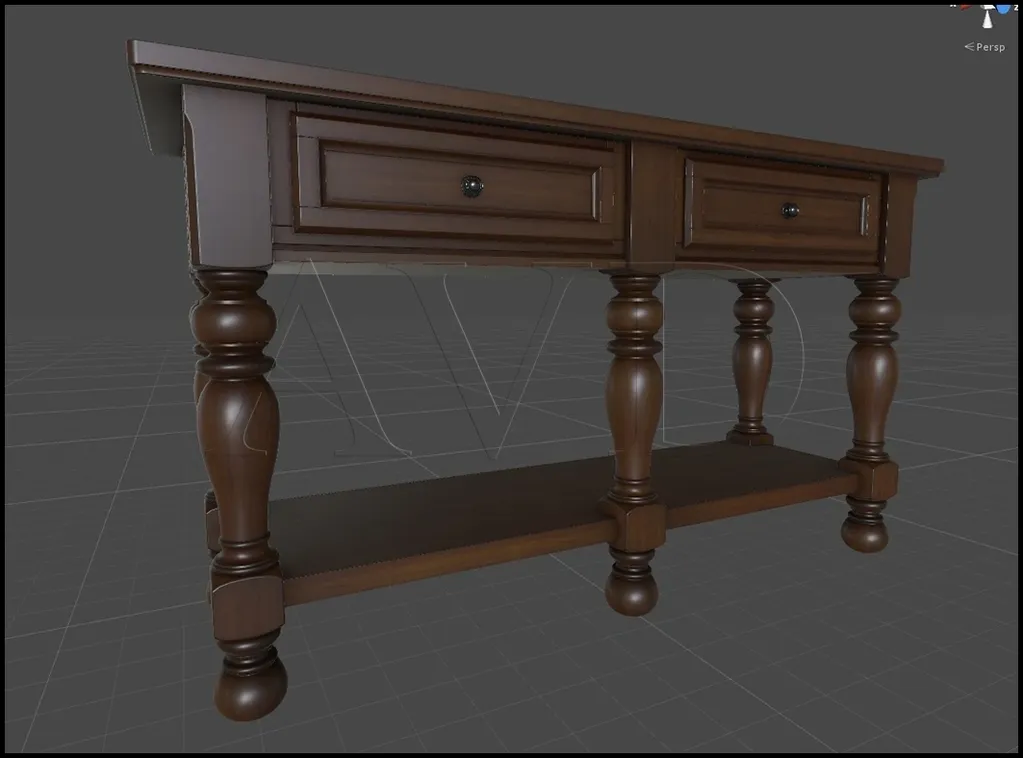
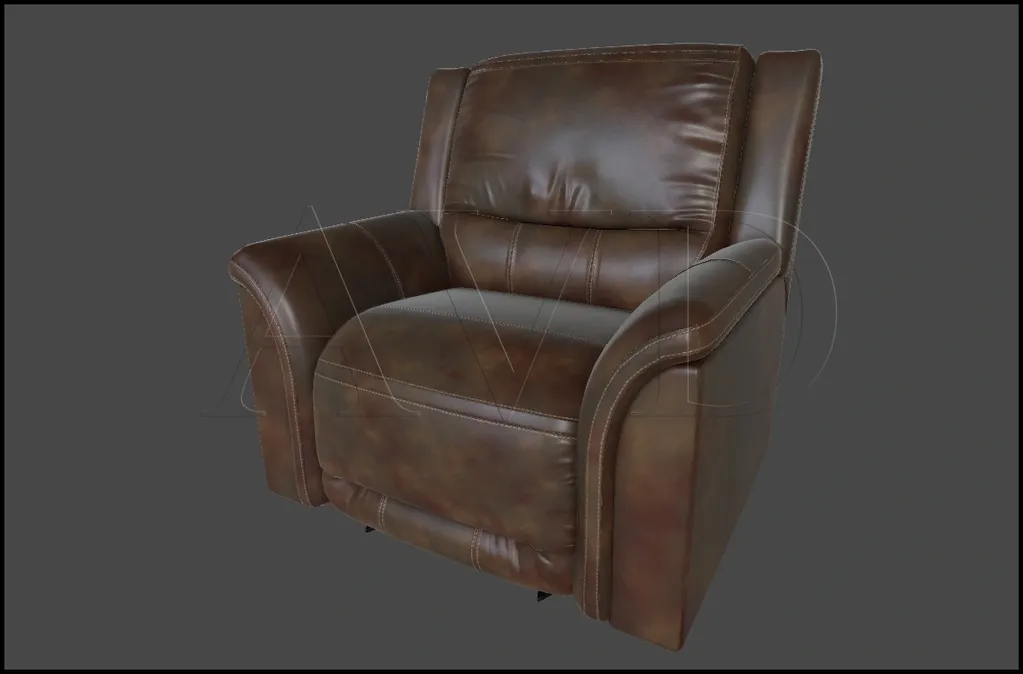
These assets allow for lighting and environmental changes while maintaining an appearance you’d expect, without constantly being adjusted.
Consistent and predictable
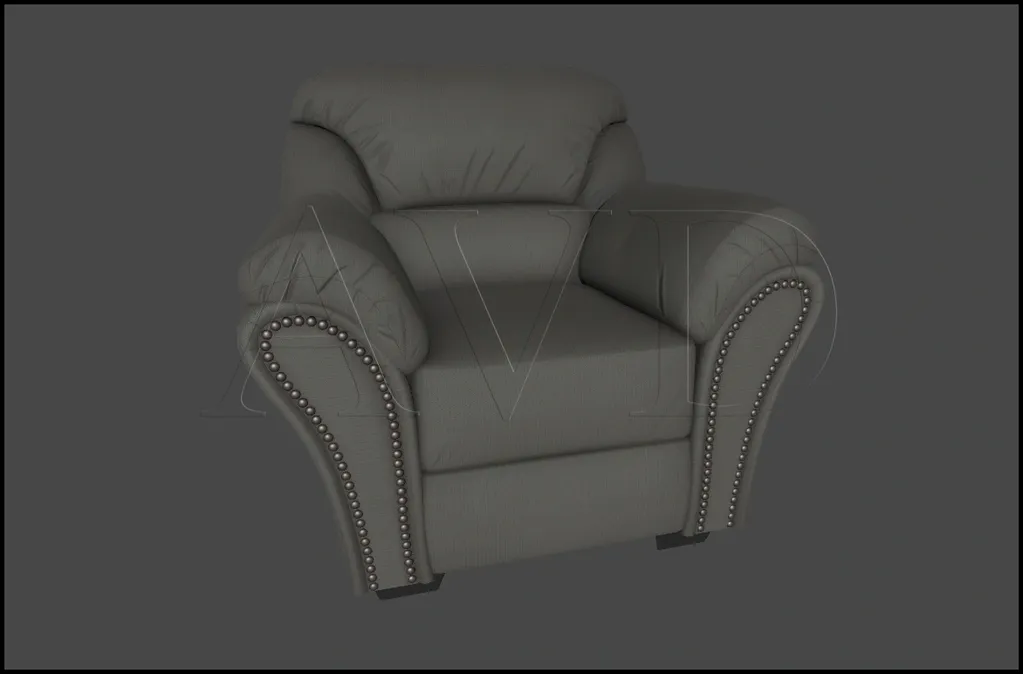
AR/VR Developement
Augmented reality mixes virtual reality with real life, by layering computer generated images enabling us to enhance our interaction with reality.
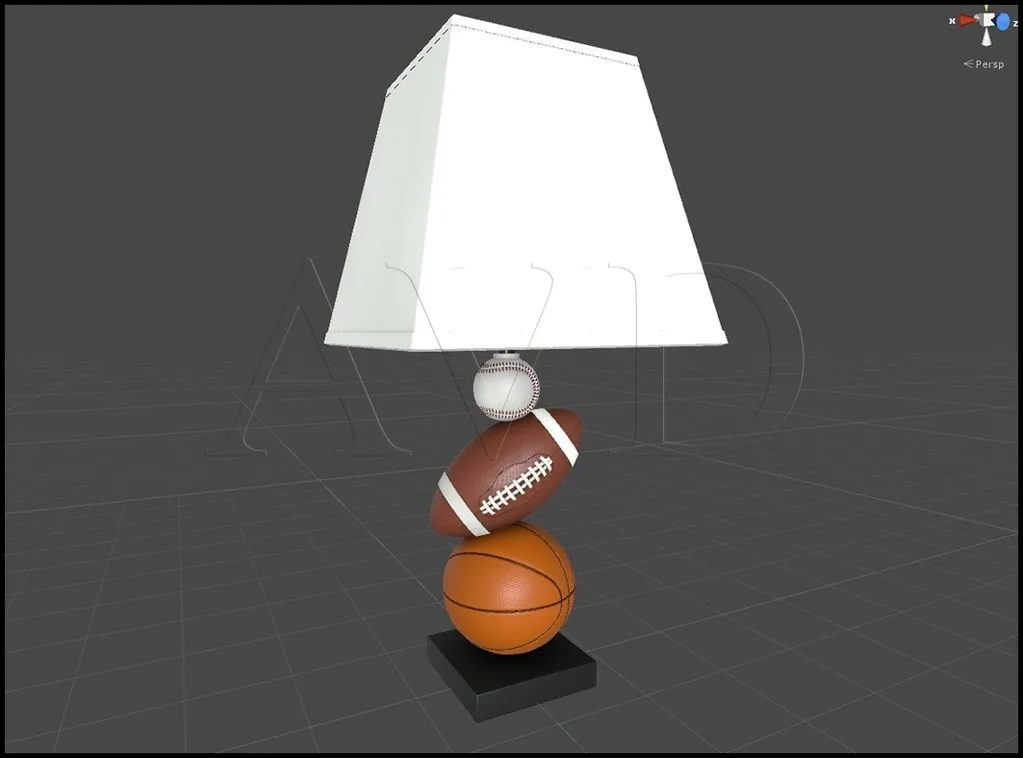
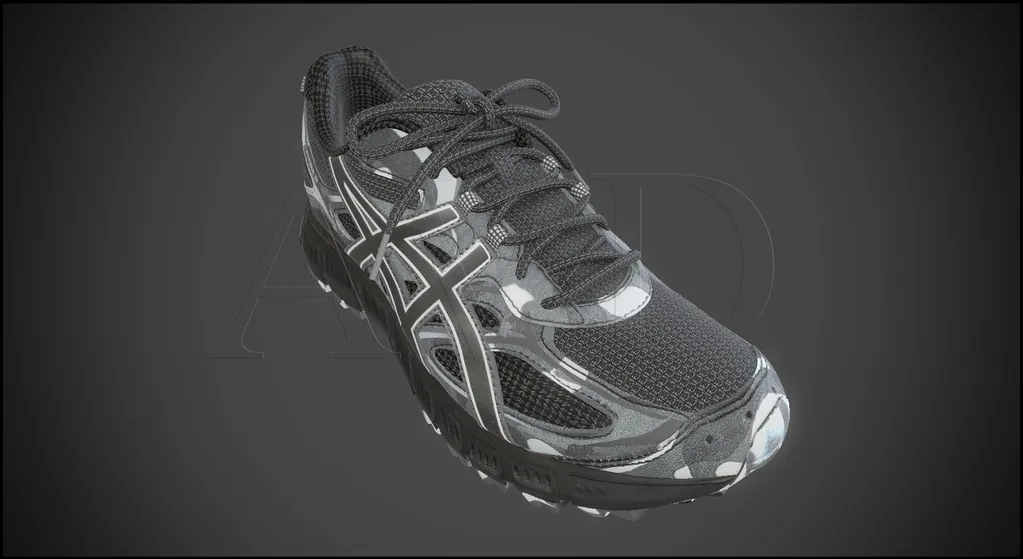
Virtual reality, however, is completely artificial. It’s a computer-generated simulation of a real-life experience, usually requiring the use of a virtual reality headset.
V/R and A/R provide a new and safe way to simulate training and practices that are cost effective and risk free.
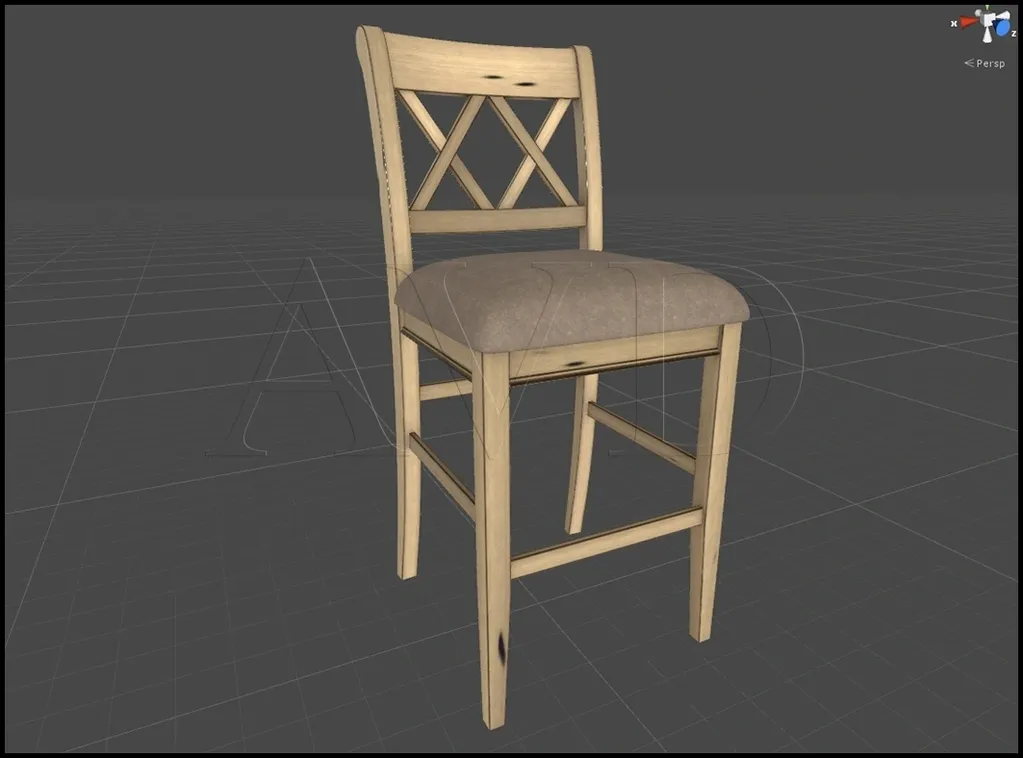
Products
Three-dimensional models bring together concepts of mathematics, design, and geometry. For many products 3D models eliminate the need to produce failed versions of a final product, saving time, money and frustration. The use of 3D models allows manufacturers to test the efficiency of parts along with the appearance of the final product, before starting its production.
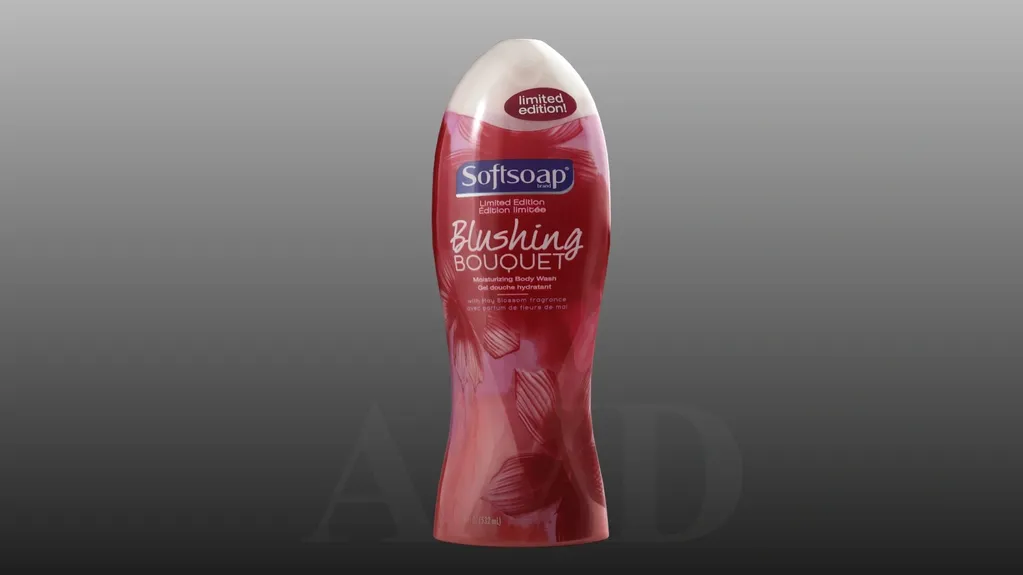
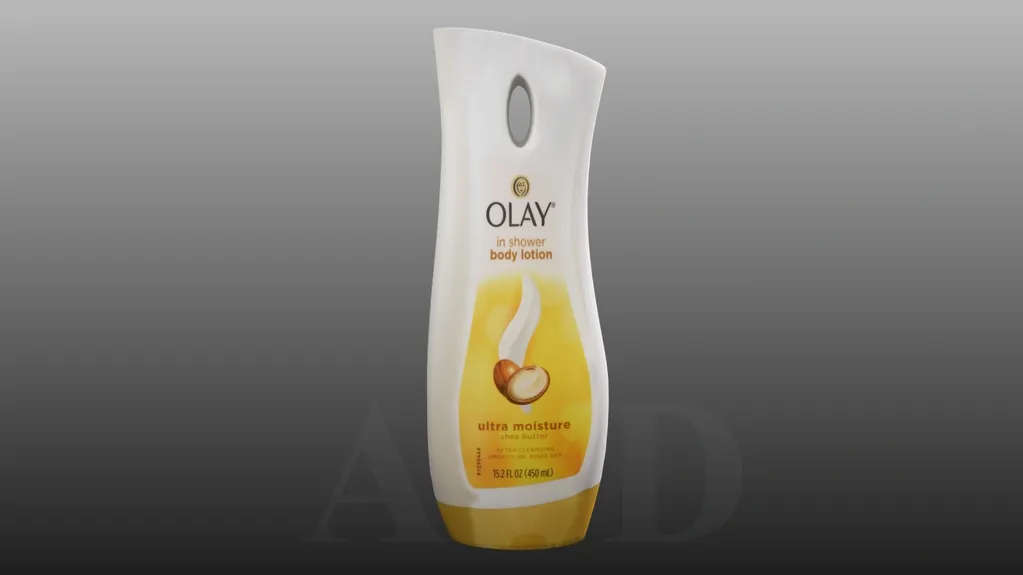
When advertising products these 3D rendering are used to highlight key functions, beneficial features and rare capabilities of a product, educating potential customers. The end user is able to experience and analyze the fit and feel of the product risk free. Already existing commodities can be reconceptualized and featured with new colors, textures and innovative uses.
Allowing all this to happen before an actual product is even manufactured is the ultimate in efficiency and cost effectiveness.
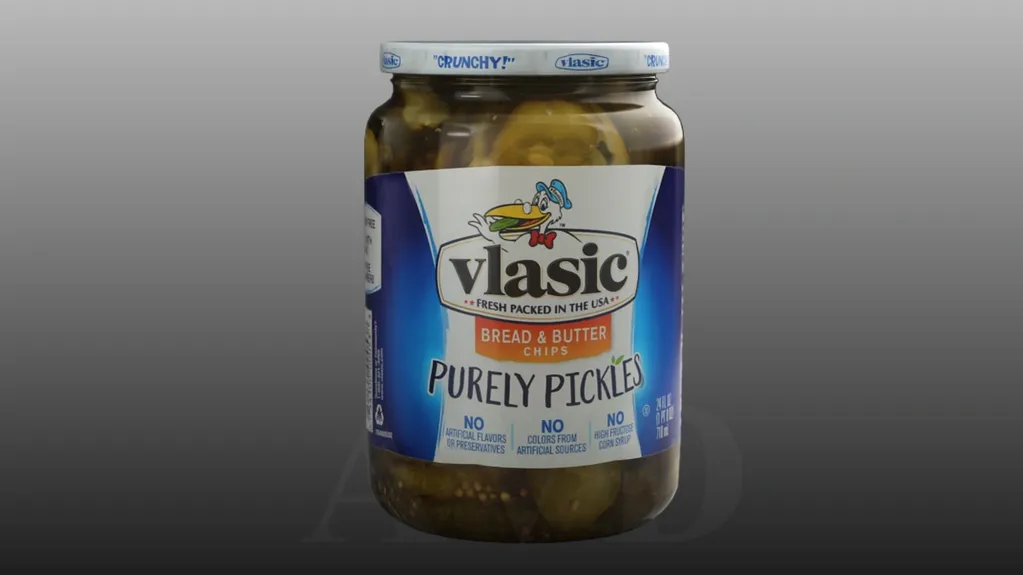
Fixtures
When designing and conceptualizing fixtures 3D models offer a lower cost to produce.
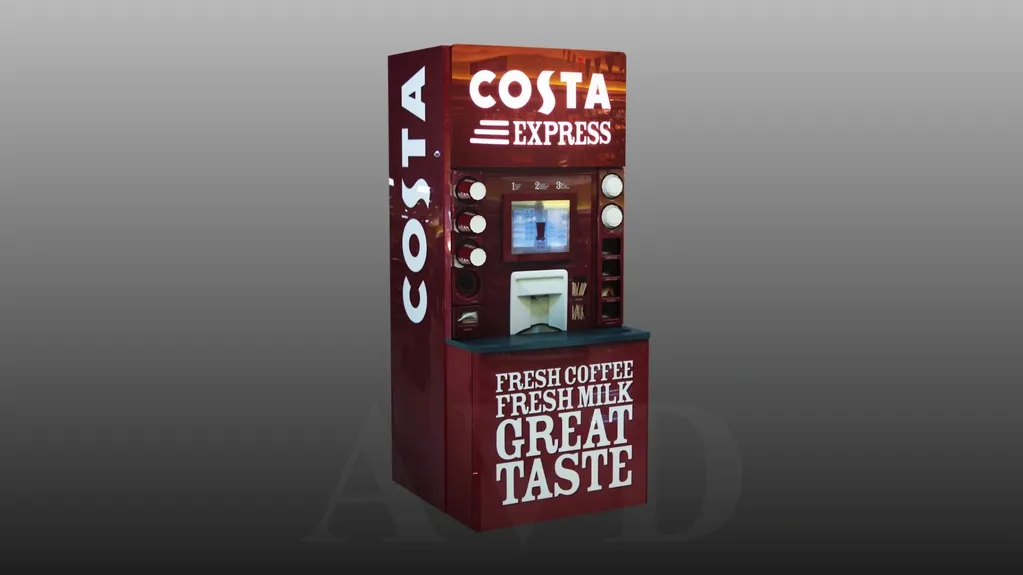
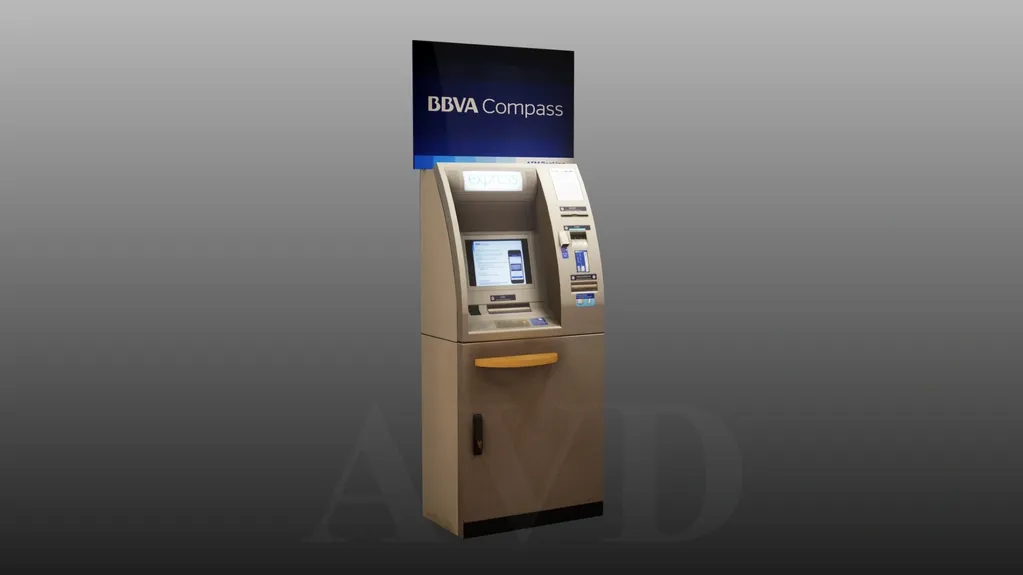
It eliminates the need for the material and labor in prototypes and different versions of the design.
It also cuts production and design time down for faster delivery of the product and can help identify potential problems of flaws in the initial design.
